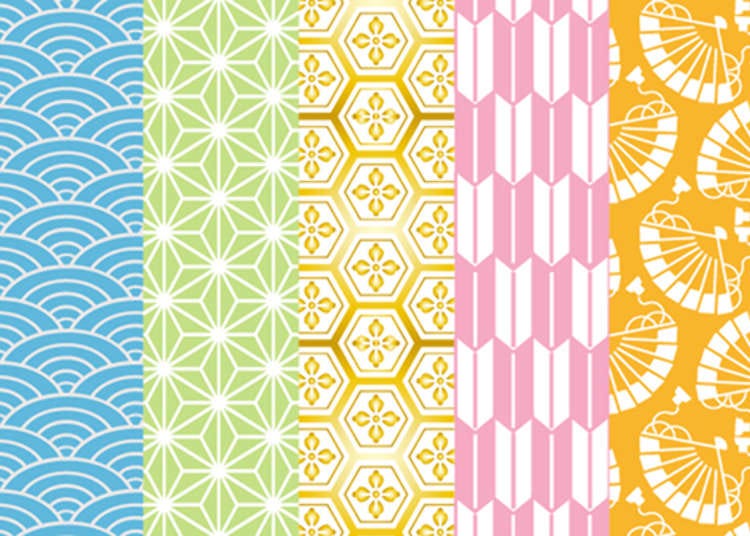
Did you know that Japan’s traditional designs, known as Wagara, are not just beautiful but also packed with meaning? These classic Japanese patterns are everywhere—from kimono to packaging—and they each carry a special significance. Let’s uncover the deeper meanings behind some popular Wagara patterns!
1. Wave Crest - Seigaiha
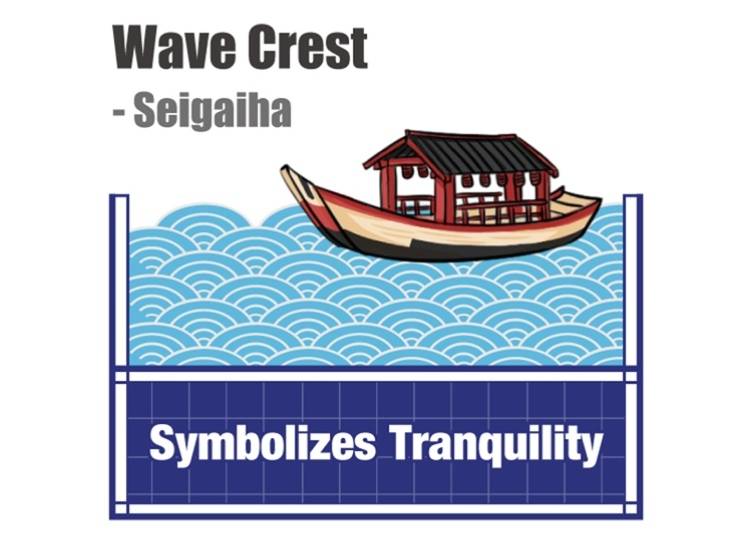
This fan-shaped pattern resembles gentle ocean waves, symbolizing a wish for peace and a calm, harmonious life. It’s a popular choice for items meant to bring serenity and positivity.
2. Hemp Leaf - Asanoha
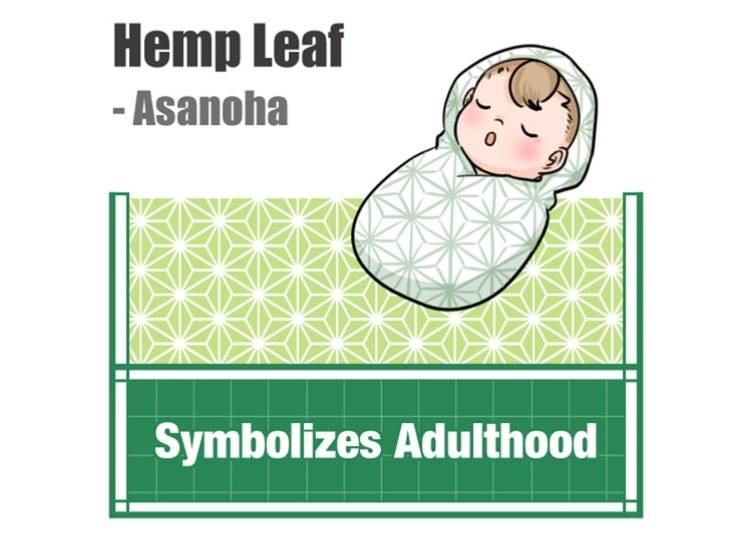
Shaped like hemp leaves, this pattern represents growth and resilience. It’s often associated with children’s health and well-being, as hemp is known for its durability and rapid growth.
3. Tortoise Shell - Kikkou

With a pattern that mimics tortoise shells, Kikkou symbolizes longevity. Since tortoises are considered a symbol of a long life in Japan, this design is a wish for health and endurance.
4. Fletching - Yagasuri
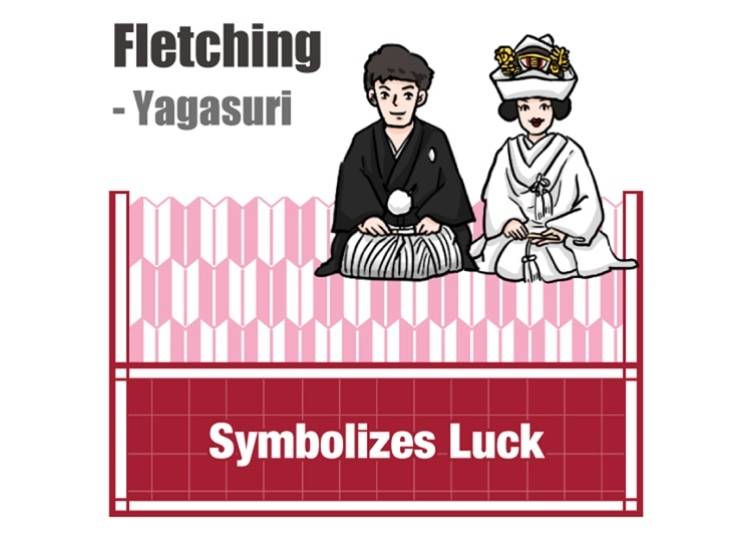
This pattern is inspired by the fletching (feathers) on arrows and is thought to bring good fortune, especially at weddings. In Japan, there’s a saying that once an arrow is fired, it doesn’t return, symbolizing commitment and forward momentum.
5. Folding Fan - Uchiwa
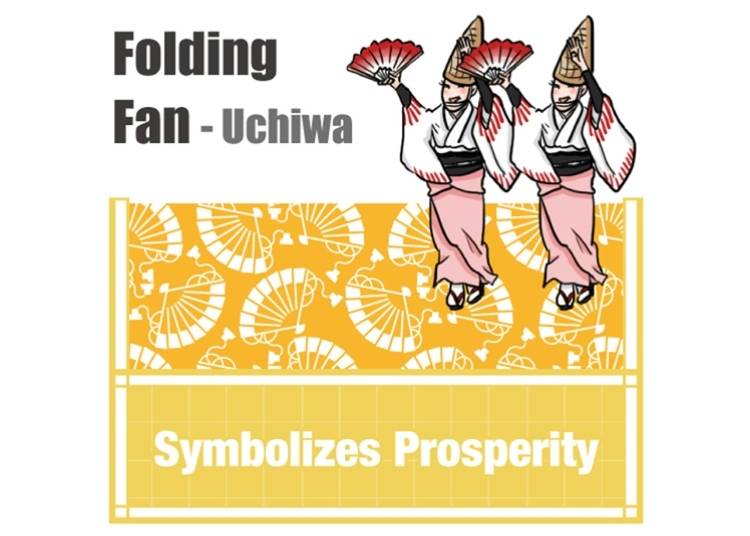
This design looks like an opened fan, which stands for growth, development, and prosperity. The pattern suggests that life, like a fan, can open up to wonderful new opportunities.
If you’re looking for a meaningful souvenir, consider a wrapping cloth or a towel featuring one of these traditional patterns—your friends will love learning about the symbolism behind it! Next time you’re in Japan, keep an eye out for these charming designs and see which Wagara pattern resonates with you!
Illustrations courtesy of Manga de Japan
*Prices and options mentioned are subject to change.
*Unless stated otherwise, all prices include tax.
Popular Tours & Activitiess
Recommended places for you
-

Jukuseiniku-to Namamottsuarera Nikubaru Italian Nikutaria Sannomiya
Izakaya
Kobe, Sannomiya, Kitano
-
Goods

Yoshida Gennojo-Roho Kyoto Buddhist Altars
Gift Shops
Nijo Castle, Kyoto Imperial Palace
-
Appealing

Rukku and Uohei
Izakaya
Sapporo / Chitose
-

ISHIDAYA Hanare
Yakiniku
Kobe, Sannomiya, Kitano
-

Kanzenkoshitsuyakinikutabehodai Gyugyu Paradise Sannomiya
Yakiniku
Kobe, Sannomiya, Kitano
-

Kambei Sannomiyahonten
Yakiniku
Kobe, Sannomiya, Kitano
-

First Japan Cherry Blossom 2026 Forecast Announced! Here's When & Where to See Sakura in Japan
-
Ad

[Tokyo, Ueno] A Journey to the Sacred Grounds of the Tokugawa Shoguns: A Complete Guide to the "EDO SHOGUN’S LEGACY TRAIL TOUR" – Where Special Access, Modern Art, and Digital Innovation Converge
by: Guest Contributor
-
Ad

Discover the "Miraculous Forest" in the Heart of Tokyo: The Institute for Nature Study (9 Minutes from JR Meguro Station)
-
Ad

Complete Guide to Ueno's National Museum of Nature and Science, the Perfect Place to Visit on Rainy Days or With Children
-

This Winter, Godzilla Takes Over Haneda Airport
by: Guest Contributor
-

New in Ginza! Air BicCamera Ginza Opens with a Faster, More Convenient Shopping Experience
by: Guest Contributor
-
Ad

Discover Timeless Beauty: Kimono-en, a Web Magazine Exploring the Spirit of Kimono
-

20 Best Things to Do in Fukushima Prefecture (Sightseeing Attractions, Local Foods & Activities)
-

11 Selected Kimono Rental Shops in Kyoto: Take a Stroll in Traditional Japanese Clothing
-

Seiyudo Katanas: Japanese Sword Heaven in the Heart of Tokyo (Video)
-

Kiyomizu-dera Temple: Guide to Visiting Kyoto's Most Famous Sightseeing Spot
-

Tokyo to Sendai: Riding the Shinkansen to Japan's Stunning Spots
- #best sushi japan
- #what to do in odaiba
- #what to bring to japan
- #new years in tokyo
- #best ramen japan
- #what to buy in ameyoko
- #japanese nail trends
- #things to do japan
- #onsen tattoo friendly tokyo
- #daiso
- #best coffee japan
- #best japanese soft drinks
- #best yakiniku japan
- #japanese fashion culture
- #japanese convenience store snacks












